The term "indirect drug design" is another name for Ligand Design. It is dependent on knowledge of several novel ligand molecules that bind to the target protein molecule. In order to create a fresh explanation for each and every component involved for the interaction between the ligand and the target protein molecule, various designed compounds are utilised. These components should improve the ligand-protein interaction if they are present in a ligand. On the basis of the composite ligand, a target protein model is also created. Drug development based on ligands is dependent on knowledge of other compounds that bind to the biological target's active site with specific interest. These sorts of compounds are utilised to create a model that accurately captures the crucial structural characteristics of a lead molecule, which aids in binding process with the target molecule. Based on the knowledge of the molecules that bind, a model of the biologically active target is created. Utilizing this concept, new compounds are created that interact with the physiologically active target molecule. A link between the molecules' estimated characteristics and their empirically discovered biological activity is known as a quantitative structure activity relationship. To forecast the activity of the novel compounds, QSAR investigations are employed. Protein models are often created so that researchers may learn more and more about the various ligands and how they interact with the target protein. Protein molecules that function as enzymes are a key target for rational drug design. By converting less energy from the substrate molecule into the creation of the product, enzymes are the molecules that catalyse biochemical reactions.
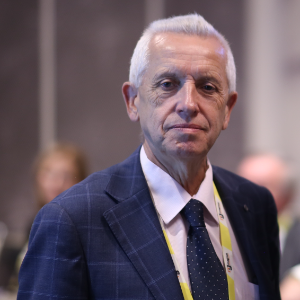
Stanislaw Dzwigaj
Sorbonne University, France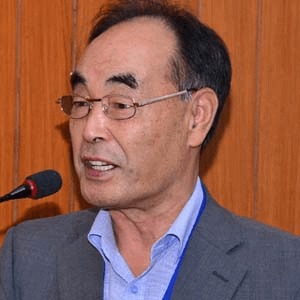
Dai Yeun Jeong
Asia Climate Change Education Center, Korea, Republic of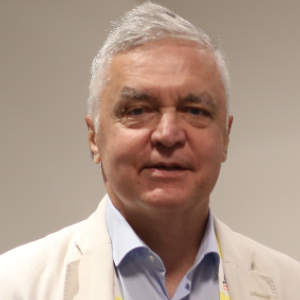
Sergey Suchkov
N.D. Zelinskii Institute for Organic Chemistry of the Russian Academy of Sciences, Russian Federation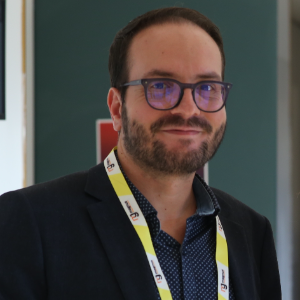
Enrico Paris
CREA-IT & DIAEE, Italy
Rabeharitsara Andry Tahina
GPCI-ESPA Antananarivo University, Madagascar
Jiri Dedecek
J Heyrovsky Institute of Physical Chemistry , Czech Republic
Uday Som
Research and Development Engineer, Japan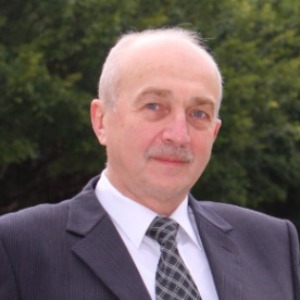
Vladimir G Chigrinov
Hong Kong University of Science and Technology, Russian Federation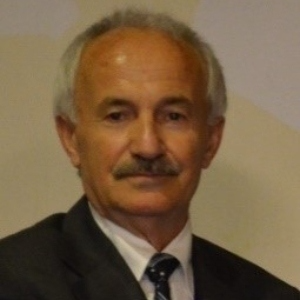



Title : Distant binuclear vanadium V(II) cationic sites in zeolites and their reactivity
Jiri Dedecek, J Heyrovsky Institute of Physical Chemistry , Czech Republic
Title : Advanced nanostructures for carbon neutrality and sustainable H₂ energy
Tokeer Ahmad, Jamia Millia Islamia, India
Title : Personalized and Precision Medicine (PPM) as a unique healthcare model via bi-odesign, bio- and chemical engineering, translational applications, and upgraded business modeling to secure the human healthcare and biosafety
Sergey Suchkov, N.D. Zelinskii Institute for Organic Chemistry of the Russian Academy of Sciences, Russian Federation
Title : Antibody-proteases as a generation of unique biomarkers, biocatalysts, potential targets and translational tools towards nanodesign-driven biochemical engineering and precision medical practice
Sergey Suchkov, N.D. Zelinskii Institute for Organic Chemistry of the Russian Academy of Sciences, Russian Federation
Title : Dimethyl ether synthesis from syngas over Cu-Zn/Al2O3 catalysts prepared using the Sol-Gel method
Uday Som, Research and Development Engineer, Japan
Title : Influence of various catalysts on H₂ enhancement and CO2 capture during syngas upgrading
Enrico Paris, CREA-IT & DIAEE, Italy
Title : Photoaligned azodye nanolayers : New nanotechnology for liquid crystal devices
Vladimir G Chigrinov, Hong Kong University of Science and Technology, Russian Federation
Title : Application of vanadium, tantalum and chromium single-site zeolite catalysts in catalysis
Stanislaw Dzwigaj, Sorbonne University, France
Title : Advances in heterogeneous catalysis for green conversion of propene to aldehydes and alcohols
Ram Sambhar Shukla, CSIR-Central Salt and Marine Chemicals Research Institute (CSMCRI), India
Title : Oxidation of methane to methanol over pairs of transition metal ions stabilized in the zeolite matrices
Jiri Dedecek, J Heyrovsky Institute of Physical Chemistry , Czech Republic